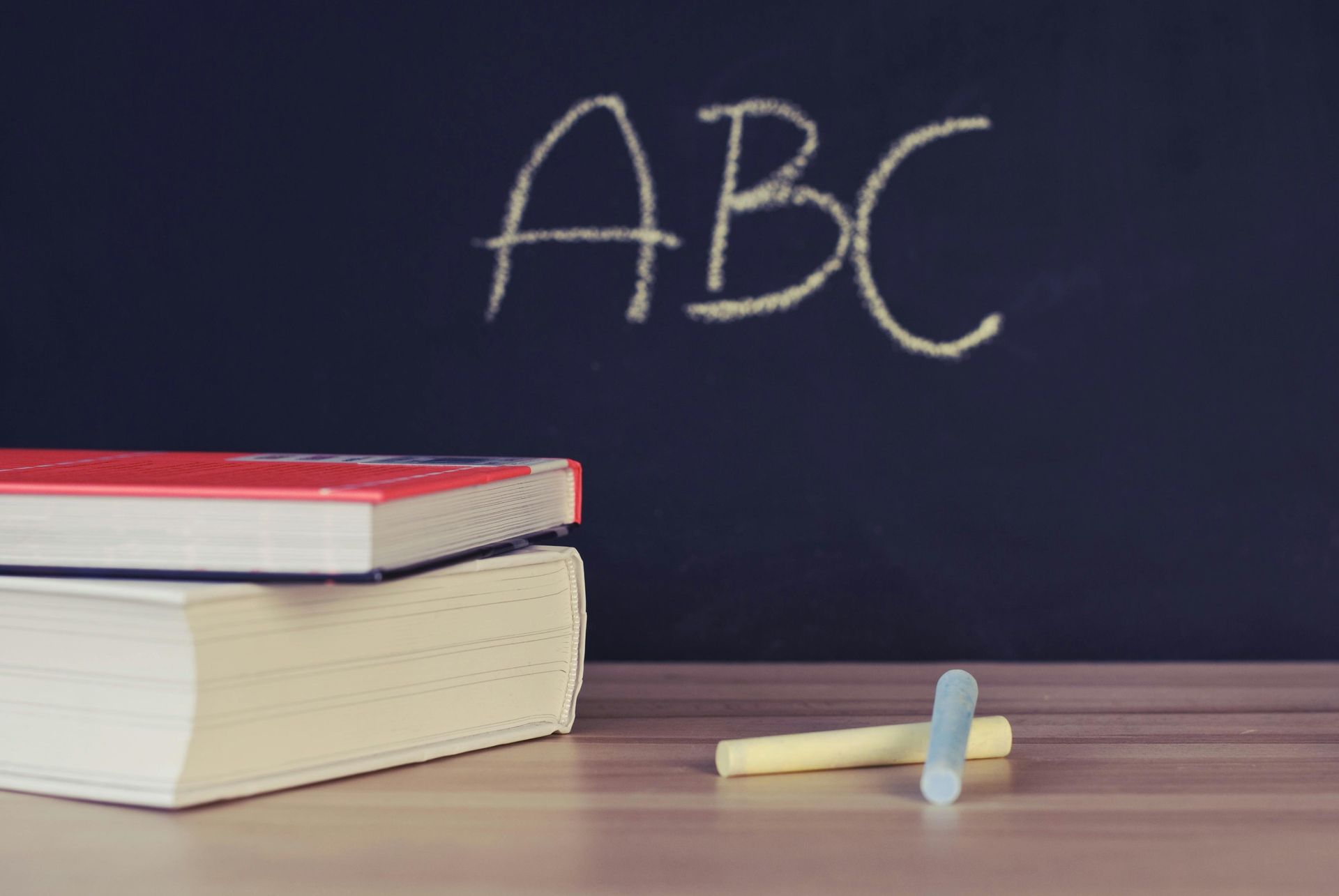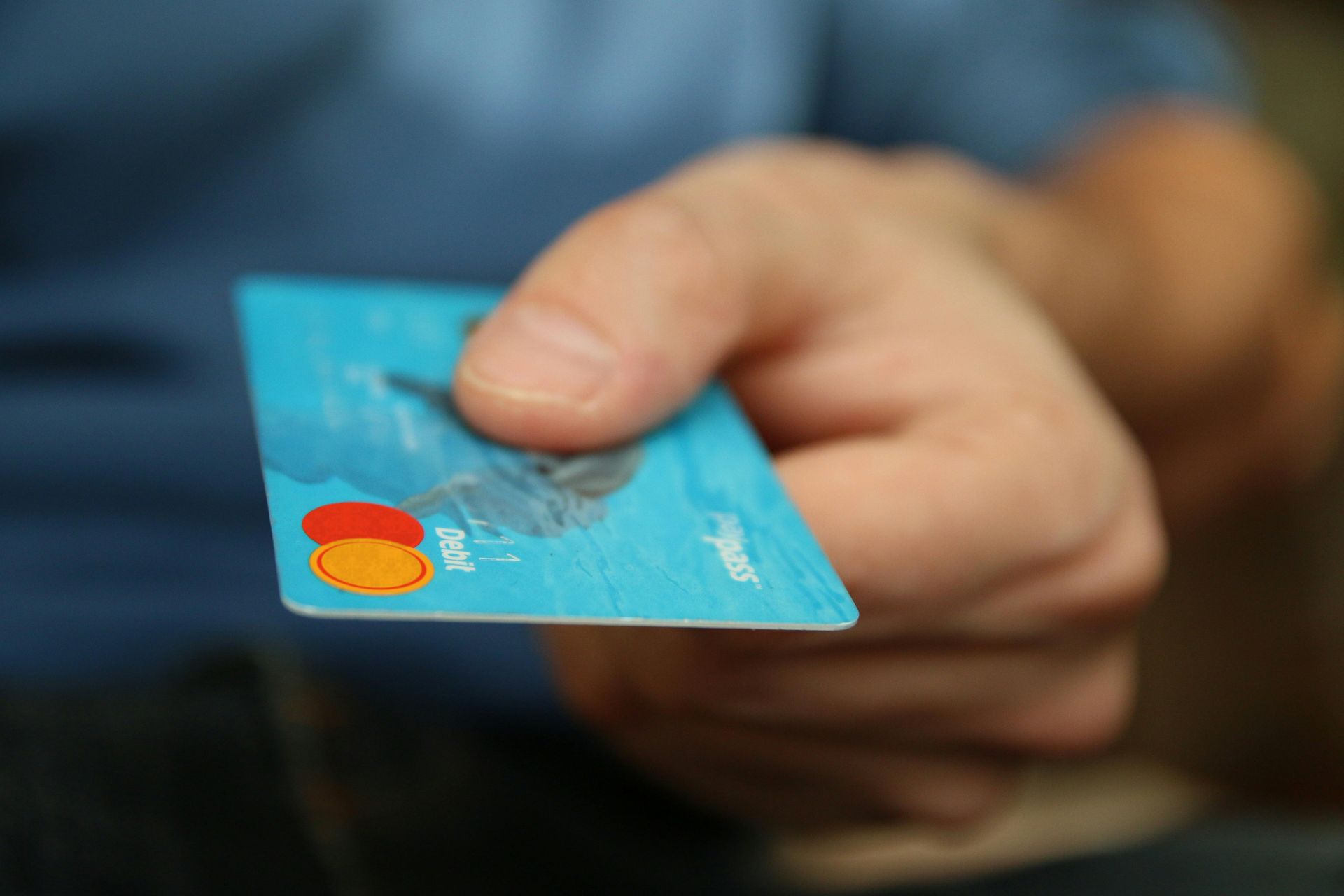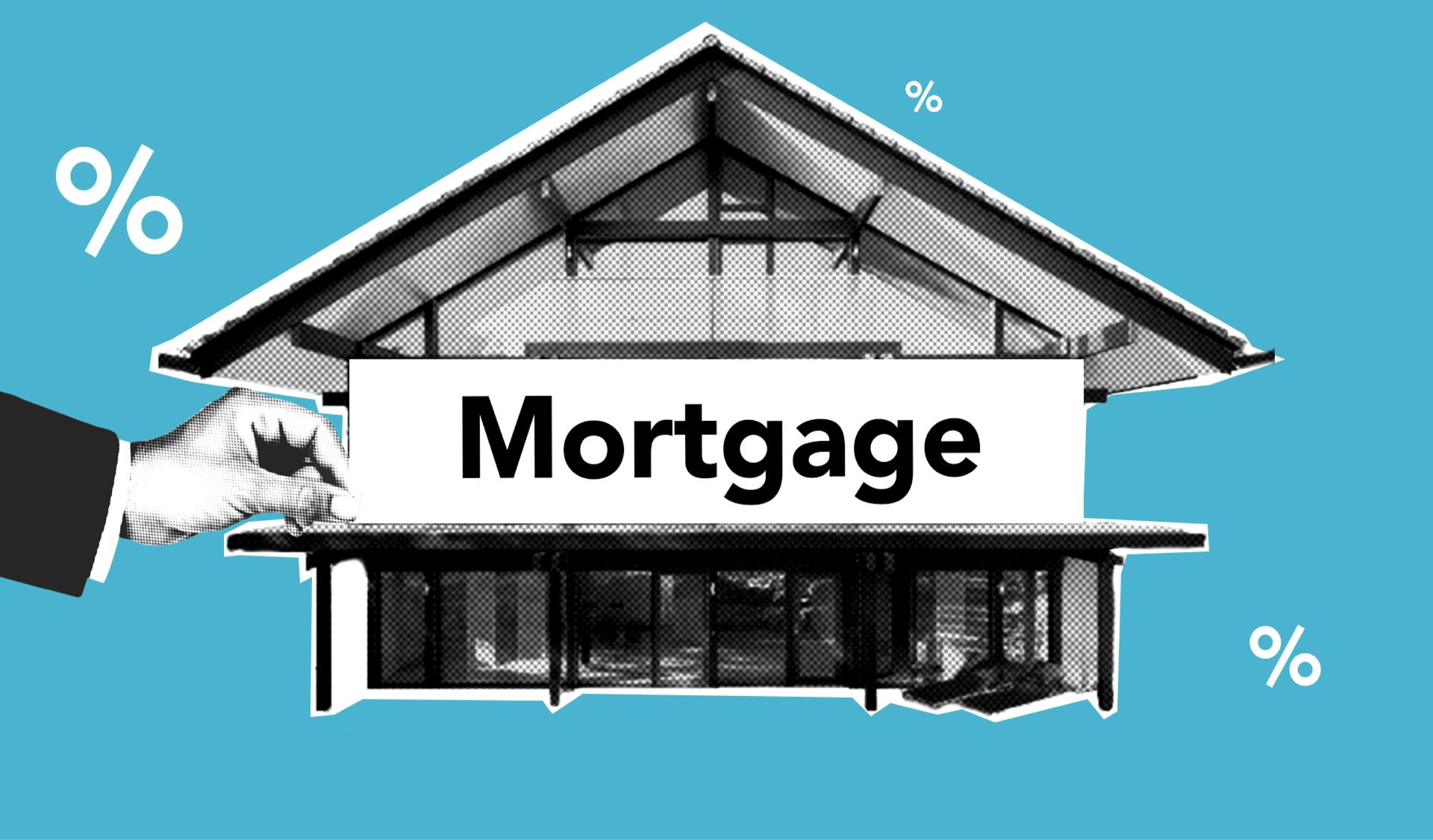Understanding the Appraisal Gap
What is an Appraisal Gap?
An appraisal gap occurs when a home's appraised value is lower than the purchase price a buyer has agreed to pay. This difference can complicate real estate transactions because lenders base their loan decisions on the appraised value—not the purchase price.
Why It Matters:
- Lenders determine the loan amount based on the appraised value.
- If the appraisal is lower than the purchase price, the buyer must make up the difference out-of-pocket or seek to renegotiate the deal.
Example Scenario:
- Agreed Purchase Price: $300,000
- Buyer’s Down Payment: $15,000
- Loan Amount: $285,000
Using the original purchase price, the Loan-to-Value (LTV) ratio is:
$285,000 ÷ $300,000 = 95% LTV –
(the lender is wanting to know that the home is worth at least $300,000 which is our purchase price)
Now let’s say the property appraises for $295,000 instead:
- Appraised Value: $295,000
- Purchase Price: $300,000
- Appraisal Gap: -$5,000
In this case, the lender still bases the loan on the lower appraised value. The revised LTV ratio becomes:
$285,000 ÷ $295,000 = 96.6% LTV
In this example, the increase in the Loan-to-Value (LTV) ratio may or may not affect loan approval or require the buyer to contribute additional funds at closing. The outcome depends on several factors that the lender would need to evaluate further.
Ready to Get Started?
If you're considering buying a home or want to get pre-approved, I'm here to help. Let's discuss your goals, review your financing options, and create a plan that works for you.
Jesse Young
Neighborhood Loans
jyoung@neighborhoodloans.com
📞 817-939-1467 (Direct)











